#land snails
Text
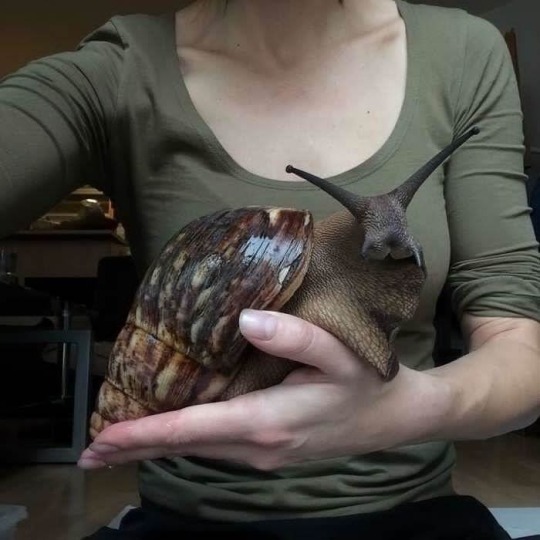
Giant African Land Snail
#giant african land snail#land snail#snails#snail#upload#fav#green#hands#nature#animals#Lissachatina fulica#Achatinidae#Mollusca#gastropoda#gastropods#land snails
3K notes
·
View notes
Text

Brown-lipped snail :-) one of a huge variety of land snail dwelling in the dead leaves on the forest floor - they vary in color but are identifiable by a darker band on the lip of their shell.
[ID: an illustration of a snail facing to the right. It is brown, orange, and yellow, and is on a light green background surrounded by mushrooms and dead leaves. End.]
394 notes
·
View notes
Text

snail stickers coming soon~~
#snails#slug#snail#insects#stickers#snail stickers#snail sticker#giant African land snail#land snails#garden snail#garden snails#giant snail#artwork#art#my art#digital art#advertising#animals#aesthetic
99 notes
·
View notes
Text
Uncharismatic Fact of the Day
For the giant African snail, size really does matter! When two snails decide to mate, the larger (typically older) snail takes on the role of female and accepts sperm from the smaller snail. If both snails are the same size, they will both exchange sperm. Each one may immediately go on to fertilize their eggs, or store the sperm for up to two years!

(Image: Adult, juvenile, and eggs of the giant African snail (Lissachatina fulica) by Ronal Azuero)
If you like what I do, consider leaving a tip or buying me a ko-fi!
#giant African snail#Stylommatophora#Achatinidae#land snails#snails#gastropods#mollusks#invertebrates#uncharismatic facts
101 notes
·
View notes
Note
Hello!! I've been thinking about keeping some garden snails, and during my research learnt that they like to live in pairs. Is this true, and if so, how do I prevent them mating? I don't think I'm ready for hundreds of babies!! Thanks!
Hello friend, thanks for the ask! Sorry it took a hot minute to answer!
To be super honest, snails don't really "like" much other than food, they're just not really complex enough to require social interaction with other snails, so if you just want one go for it. I do love watching them interact with each other though!
One thing to keep in mind is that snails, being hermaphrodite animals, can self fertilise eggs, so even if you just get one you will still need to do regular soil checks to look for eggs. In fact, its probably even more important, as self fertilised eggs are usually poor quality and will lead to lots of runty/not very healthy snails in the clutch.
Avoiding a hundred snabies is pretty simple though, just dig around in the substrate once a week or so, and if you find eggs, crush or freeze them. I tend to give the eggs back to the snails afterward because it takes a fair bit of nutrients to lay so many and I like to try and give that back. Side note, you can't really prevent them from mating, it's just what they do lol.
It's up to you whether you want to keep one snail or many, but either way soil checks and destruction of eggs is an important part of snail keeping. I hope this helps!!
12 notes
·
View notes
Photo


Macgillivray's Treesnail.
Sadly, I can’t find much information on this species,
but you can see a juvenile here
Rhynchotrochus macgillivrayi
18/05/22
#Rhynchotrochus macgillivrayi#Rhynchotrochus#Macgillivray's Treesnail#Mollusca#Hadrinae#Camaenidae#Helicoidea#Helicoidei#Helicina#Stylommatophora#Eupulmonata#Tectipleura#Euthyneura#Heterobranchia#Gastropoda#land snails#air-breathing snails#snails#molluscs#mollusks#bugblr#bugs#bug#bugs tw#insects#insectblr#insects tw#entomology#nature#nature photography
34 notes
·
View notes
Text

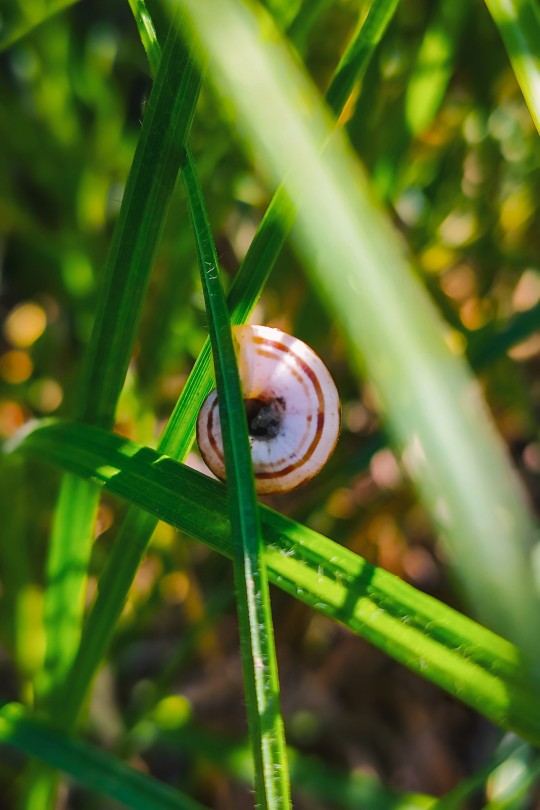
Snails hide from the hot summer sun under grass leaves ☺
#snails#land snails#grass#nature#garden#summer#hot day#літо#улитка#трава#сад#природа#лето#жаркий день#plants#растения#фото
9 notes
·
View notes
Photo

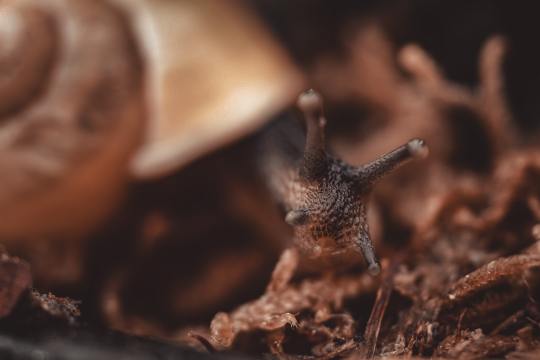
Nathan J Hilton
#snail#snails#land snails#gastropod#slimy#animals#brown#dirtcore#nature#forest floor#curators on tumblr#forestcore#aesthetic
2 notes
·
View notes
Text
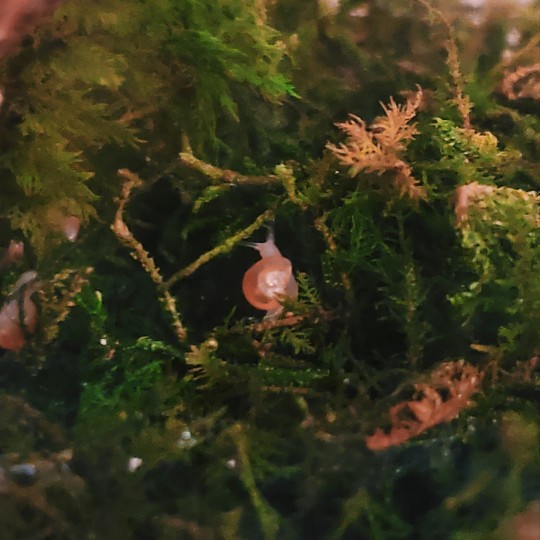
2 notes
·
View notes
Text
Say what you will about me my scavenger biome is teeming
1 note
·
View note
Photo

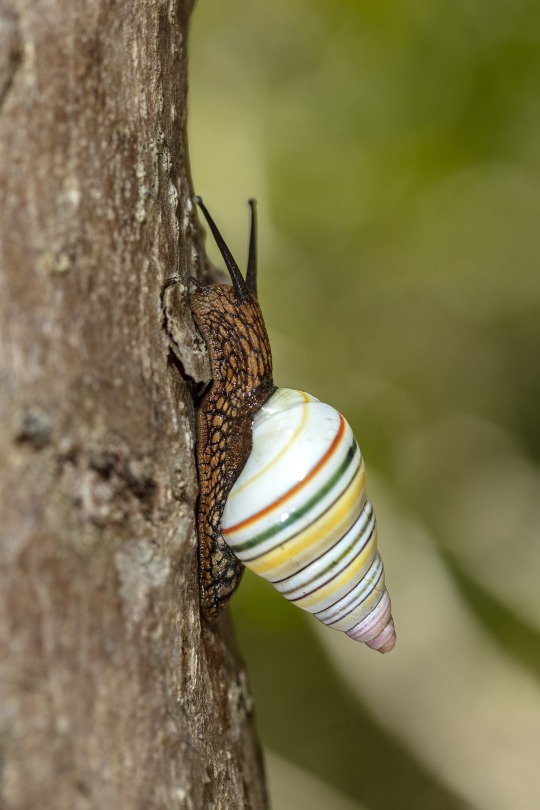
Candy cane snail, Liguus virgineus, Orthalicidae
This arboreal species is found in Haiti and the Dominican Republic
Photo 1 by pedrogenarorodriguez and 2 by margomora
#animals#curators on tumblr#bugs#gastropods#mollusks#snail#land snail#tree snail#candy cane snail#one nice bug
5K notes
·
View notes
Text
There can be little doubt that this great change in the vegetation affected not only the land-shells, causing eight species to become extinct, but likewise a multitude of insects.
"Journal of Researches into the Natural History and Geology of the Countries Visited During the Voyage of H.M.S. Beagle Round the World, 1832-36" - Charles Darwin
#book quote#the voyage of the beagle#charles darwin#nonfiction#saint helena#island#extinction#colonization#land snails#insects
0 notes
Text
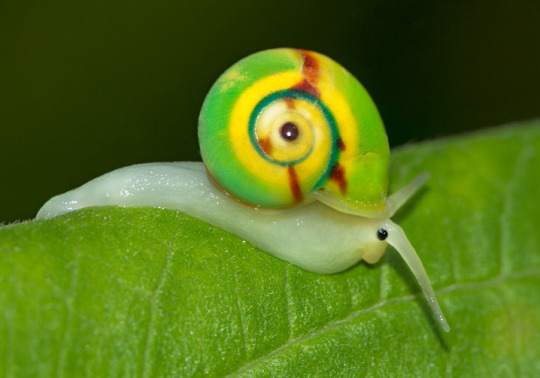

2 color varieties of the Land Snail, Helicina viridis, family Helicinidae, Dominican Republic
photographs by Carlos De Soto Molinari
5K notes
·
View notes
Text
I see a lot of definitions of what exactly constitutes a bug, so I want to know what you guys think makes a bug.
So if you think that earthworms are bugs but spiders aren't, you'd click "An above definition + land worms" and then say "insects only" in the tags.
I wish I had one more option so I could just have a "see results" button but I won't. 😭 Please reblog so the rest of bugblr can see it!
#tumblr polls#bugblr#insectblr#invertblr#is that a thing?#please reblog for containment breach#everything on this list is a bug (to me)#cicada? bug#butterflies? bug#argiope my beloved? bug#millipede? bug#crab? wet bug#giant african land snail? slimy bug#sea slug? wet AND slimy bug#earthworm? wiggly bug#nematodes? wet AND wiggly bug
3K notes
·
View notes
Text



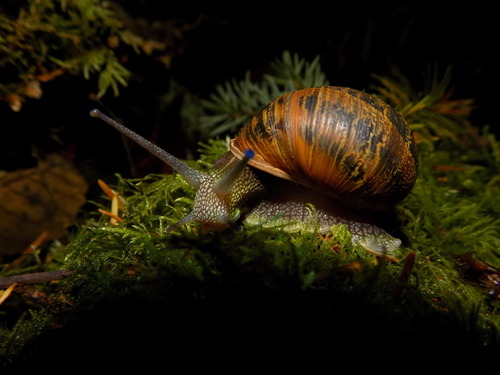
Life in the Slow Lane: The Brown Garden Snail
Perhaps the most widely known member of the mollusk group, the brown garden snail (Cornu aspersum), also known as the European garden snail, is native to the Mediterranean region of southern Europe and northern Africa, and his since spread to every continent except Antarctica. It thrives in temperate zones, particularly in open forests, coastal dunes, and urban parks and agricultural spaces. This spread has largely been facilitated by humans, and may have started as early as the Neolithic era nearly 8500 years ago.
The brown garden snail's name is an excellent descriptor of the species; both the body and the shell are mainly shades of brown. Generally the body is lighter than the shell, and secretes a thin layer of mucus to keep itself moist. The shell is about 2.5 to 4 cm (0.98-1.57 in) wide, while the body itself is roughly 5-9 cm (1.97-3.54 in) long. Body and shell combined, C. aspersum only weighs 15g (0.53 oz) at maximum. The body is made of two parts; the head, which carries the eye stalks, mouth, and sensory tentacles; and the foot, essentially a large muscle which the snail uses to move from place to place. The rest of its organs, including the heart, lungs, stomach, and anus are contained within the shell itself. Only the genital pore, located on the side of the foot, is exposed.
C. aspersum is primarily an herbivore, feeding on leaves, flowers, and fruits, as well as rotting plant and animal matter. In order to obtain the calcium it needs to build and maintain its shell, the European garden snail also occasionally consumes soil. Because of its slow nature, reaching a maximum of only 2.4 mm/s (0.09 in/s), this species is a common food item for other predatory snails, centipedes, glow worms, small mammals, lizards, frogs, and birds. However, the brown garden snail is able to retreat into its shell and produce a thick, frothy mucus membrane when threatened.
Like other terrestrial mollusks, the European garden snail is a hermaphroditic species, possessing both male and female gametes. Individuals may reproduce year round, provided with plentiful resources and good environmental conditions. When two snails encounter each other and wish to mate, each one spears the other with a hard calcite spine, known as a love dart. These darts allow the two to exchange sperm, and the process may take several hours. Afterwards, an individual may store viable sperm for up to 4 years. About ten days after a snail fertilizes its sperm, it lays about 50 eggs in a sheltered area; a single snail may do this up to 6 times a year. Eggs take between 2-4 weeks to hatch, and emerge with a soft shell. It takes about 10 months for juveniles to reach full maturity, and they may live up to 3 years in the wild.
Conservation status: C. aspersum has been rated as Least Concern by the IUCN. In both its introduced and native range, it is considered a pest species due to its consumption of crops. However, this species has also been adopted in some areas as a pet or as an edible delicacy.
If you like what I do, consider leaving a tip or buying me a ko-fi!
Photos
Bill Frank
Alan Henderson
Kostas Zontanos
Rand Workman via iNaturalist
#brown garden snail#european garden snail#Stylommatophora#Helicidae#land snails#snails#gastropods#mollusks#invertebrates#deciduous forests#deciduous forest invertebrates#grasslands#grassland invertebrates#urban fauna#urban invertebrates#europe#southern europe#africa#north africa#animal facts#biology#zoology
107 notes
·
View notes
Note
Hi! I noticed youre also AUS based and ive been struggling to find info that isn't just links to US companies.
I found a lil garden snail in my woolies lettuce today and I'm considering trying to keep him. ik they want a terrarium with a secure closure, cocopeat, and a cuttlebone, but what I'm struggling with is finding where to get these from Australia? all the substrate im finding is aquarium substrate and the terrariums seem to be for like plants so theres no secure lid or it won't allow airflow. Any help is appreciated!
Hello my aussie friend, thanks for asking!
So, my cornus (garden snails) are kept in a Reptile One tank, and my panda snail was kept in literally a plastic storage bin from kmart. It doesn't need to be fancy! If you hit up a pet shop, you might find one of those 10L betta starter tanks w a lid, and while they're awful for bettas they're great for 1 or 2 cornus. But, storage tubs are cheap, secure and perfectly adequate for a snail to live happily, just drill a couple holes in the top.
For substrate, in the bunnings gardening aisle (not the outside part with the plants, but the aisle with the seeds and fertiliser and stuff) you'll find these guys
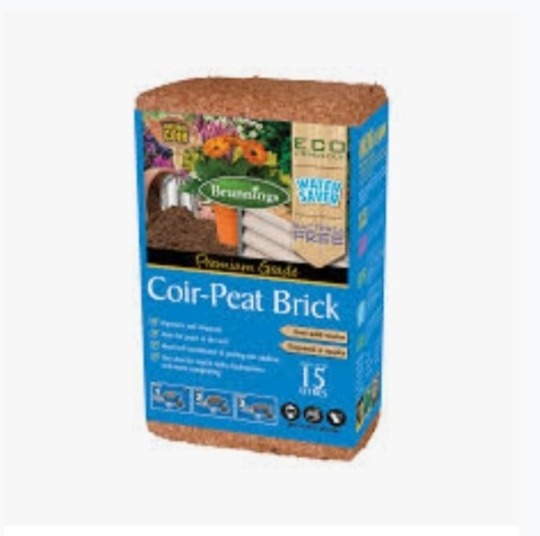
which is what I use. While you're there, I also got a bag of charcoal pieces to put in the drainage layer if you're making a bioactive viv. You can also find pebbles/rocks for drainage layers at bunnings.
For cuttlebone, hit up petbarn or somewhere similar and look in their bird section, you're looking for something like this

I hope this helps!! Good luck with your little friend <33
3 notes
·
View notes